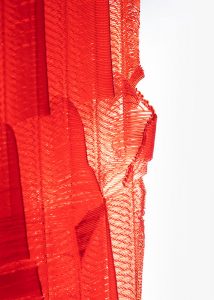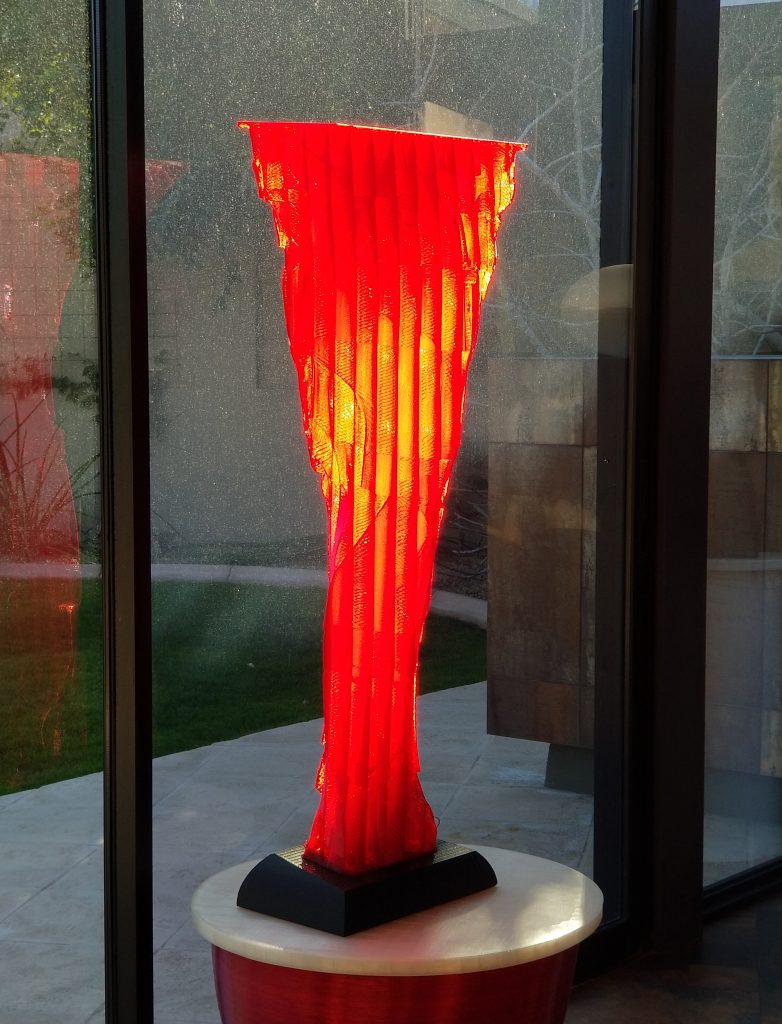 Good photographs of my sculptures are essential for me as an artist.
Good photographs of my sculptures are essential for me as an artist.
I use them in many ways:
- On my Website
- To submit my work to art shows
- For use in publications and other Websites
- In proposals for commissions.
In the beginning of my career, my “lovely assistant” (her term, BTW) took the photos, but once we found a photographer who would sell us full rights at a reasonable price, I could afford to have photographs that showed my sculptures in their best light.
Last year we commissioned 52 photos, shooting a minimum of 2 photos at a time. I try to have at least 2 sculptures ready at a time, to make the most of the photoshoot (learn more about photo shoot goals).
For years in the United States, photographers would own the photograph and, after charging for shooting, would require payment for usage and reproductions. I just couldn’t afford to build those extra costs and time into my prices, though …
“With the use of the Internet, we need to be nimble and be able to submit a photo at a moment’s notice,” says Lovely Assistant Mary Westheimer. “Paying a reasonable flat fee for each shot means we can afford professional photography we can use anywhere, anytime.”
 3D printing has definitely affected photographing my sculptures, though. I’ve been using translucent PLA filaments a lot and lately I’ve “upted the ante”) with my series I’m now calling “Wabi-sabi” – formerly “Deconstructed”). Its loops and ladders, weaves and spidery strings have made photographing my art work even trickier.
3D printing has definitely affected photographing my sculptures, though. I’ve been using translucent PLA filaments a lot and lately I’ve “upted the ante”) with my series I’m now calling “Wabi-sabi” – formerly “Deconstructed”). Its loops and ladders, weaves and spidery strings have made photographing my art work even trickier.
As I’ve learned from watching the sun rise behind sculptures such as Ruby (47″ x 17″ x 11″) (above, right) the lighting has to be just right to get the full effect of the sculpture ….
But photographing into the light can put the artwork in shadow, so shooting toward the sun was out. Fortunately, the professional photographer I’m now working with, Mark Lipczynski, has been using lighting effectively to bring out the detail and color in these Wabi-sabi sculptures with all of their “artifacts,” or what some people might call flaws. To me, they add a special beauty and wonder to each sculpture.
Here are some things we’ve learned about lighting these sculptures:
- Lighting is everything. Be prepared to light from below, above, behind and in front using reflectors as needed.
- Take multiple shots from a variety of angles and with different lighting. A professional photographer will usually do this to give you some options, and you will be glad to have a selection to chose from.
- To capture detail, a light background seems to work better than dark.
- Closeup shots are worth taking to communicate the intricacies of the details
- Inspect the photographs carefully before accepting them, keeping in mind the need for clear detail.
I hope some of these lessons along I’ve learned along the way are helpful to you.
Link to photoshoot tips is sponsored by Photoshoot #goals.
